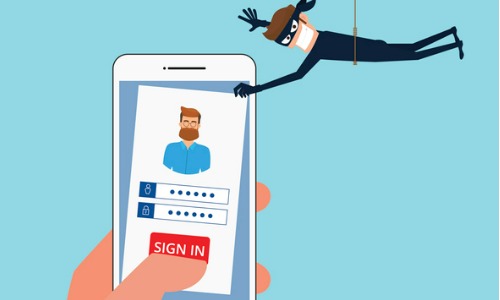How to Protect Your Social Media and Email From Hackers
Stay informed on how to recover your hacked email or social media account and what you can do to protect your accounts in the future.

If your social media or email account has been hacked, you should act immediately before the hacker has the opportunity to cause damage or gain access to more of your accounts. Social media and email accounts contain lots of personal information and can also be used to scam your friends and family. The Federal Trade Commission (FTC) shares the steps you should take when dealing with a hacked account.
What you should do first:
- Change your passwords: If you can still log into your account, follow the usual process to reset your password. Choose a strong password that you have never used before. If you use the same or similar passwords for different accounts, reset them too. If the hacker has changed your password, try using the ‘forgot my password’ link. For more resources and information on recovering specific platforms, visit the National Cybersecurity Alliance’s website on hacked accounts.
- Set up two-step verification: Setting up a two-step verification provides an extra layer of protection against your account being hacked in the future. Two-step verification verifies your identity in two ways. One, with your username and password and two, with an additional security check, such as, a code that is texted to your phone.
Once you have changed your password and turned on two-step verification, here is what you should do:
- Check your security software: Checking your security software and ensuring the security software on your devices is updated. Download security software from a reputable security company or use the software that comes with your phone, computer, or tablet. Run your device to remove any malicious software that may be spying on you or stealing your information.
- See if anyone else has access to your accounts: Look for unfamiliar links added to your account settings. Review your account information to see if any email address besides yours has access. If so, remove it immediately. On your social media account, look at your account history. If the hacker has added new friends to your account, remove them.
- Check your Inbox: Look through your email inbox for information the hacker could have viewed. Hackers look for information that can help them find usernames and passwords to important sites such as your online banking account. Search for the word ‘password’ in your inbox to figure out what other account information the hacker could have gotten access to. If you feel like you are at risk, change your username and password for your important accounts immediately. If you are a customer of Jefferson Bank and are worried your card information was exposed, this would be a great time to use our Card Lock feature. Card Lock is a security feature which allows you to block new authorizations on your credit or debit cards. If there’s an attempt to make a purchase, we’ll send you (the cardholder) an alert.
- Check your recent activity: Review your recent posts, sent and deleted messages and all other general activity. This will make you aware of what the hacker was sending through your account and what information was exposed. If you find the hacker misused your private information such as your Social Security number, report it. Contact IdentityTheft.gov if you find you’re at risk.
- Warn others your account was hacked: If your friends, family, and colleagues were contacted by the hacker, let them know it wasn’t “you” and to not interact with the scams sent from your social media or email account.
In the future, make sure you are being safe while using your online accounts, don’t click on any unfamiliar links, and don’t give out your information if someone asks you for your username and password.
